2024 Paris Olympics highlight climate change's growing threat to athletes
As the Paris Olympics get underway, rising global temperatures loom large, just as they have for previous Games over the past decade in Beijing, Tokyo, Pyeongchang and Sochi.
Finding Olympic venues cold enough for winter events and not too warm for summer events increasingly challenges the International Olympic Committee and would-be hosts. Sweltering temperatures in recent world competitions raised serious health and safety concerns for athletes. They also sparked questions about whether the summer Games could one day become the fall or spring Games instead.
“It’s extremely noticeable how much hotter it’s gotten and how much more difficult that makes training,” Samuel Mattis, a discus thrower on Team USA’s track and field team, said of his 15 years in the sport.
Going into the Games in France, athletes and officials alike feared the country could experience a repeat of the heat wave that killed thousands last summer. For some athletes, fears of a heat wave during the Games lend new meaning to the words Olympic flame.
The quandary extends far beyond the Olympics, to athletes, coaches and spectators across the spectrum, from the professional and college level to high school and youth sports leagues.
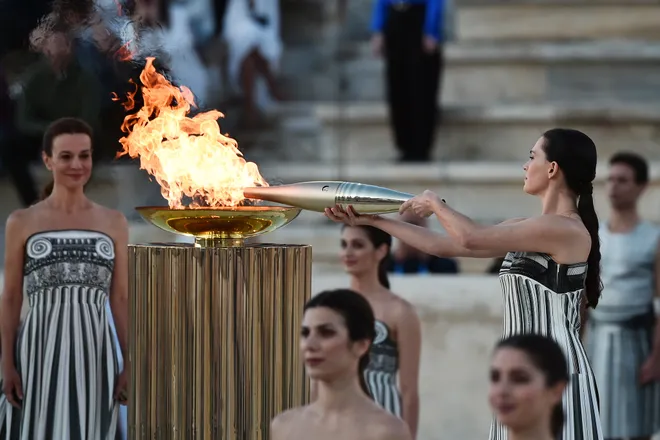
“It’s not just Olympians who are playing in extraordinary conditions,” said Madeleine Orr, an associate professor in sport ecology at the University of Toronto in Ontario and author of “Warming Up: How Climate Change is Changing Sport." “It’s every person playing sports in every part of the world.”
In the lead up to the Olympics, Orr and others are focusing attention on how climate change increases the dangers for all athletes.
“I’ll be damned if Paris gets all this attention for being really hot and we get no meaningful discussion beyond these games about all of our kids and everybody who plays,” Orr said.
OlympicsFollow all of USA TODAY's coverage of the Games
In June, the British Association for Sustainable Sport, the University of Portsmouth and others released a report focusing on the heat risks at the 2024 Paris Olympics. The report, "Rings of Fire," provided recommendations to athletes and sport authorities, noting global average temperatures are continuing a trend that made 2023 the hottest year in recorded history.
“The challenges of climate-change induced extreme heat for athletes are extensive and pose risks of devastating outcomes,” Athletics Kenya President J.K. Tuwei stated in the report.
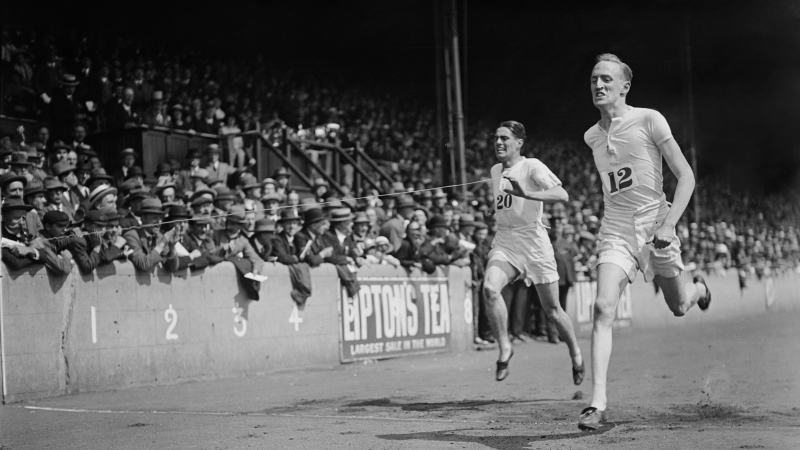
Climate change and the Summer Olympics
Summer temperatures have warmed significantly since Olympians gathered in Paris a century ago during the summer of 1924, reported Climate Central, a U.S. nonprofit that also co-authored “Rings of Fire."
- Average temperatures for the period of July 26-Aug. 11, the dates of this year's Games, warmed 5.5 degrees.
- Temperatures of 86 degrees or higher were reported 188 days over the past decade, compared with 69 for 1924-1933.
- Overnight temperatures remained at 68 degrees or above 84 nights between 2014-2023, compared with only 4 for 1924-1933.
Forecasts for next week predict hot temperatures Monday-Thursday, with the United Kingdom's Met Office calling for a high of 90 on Tuesday and Accuweather forecasting a high of 92 degrees and humid conditions in Paris. Even warmer temperatures are forecast Tuesday in St. Etienne where the U.S. men's soccer team will play that evening.
Anything above 86 degrees becomes "pretty dangerous" for athletes, said Jamie Farndale, captain of Scotland's national rugby sevens team and a climate sustainability advocate.
The Olympic Committee acknowledges the heat concerns, saying it’s important that event organizers plan carefully to prevent heat-related illnesses. “Providing athletes and spectators with the best and safest conditions possible are top priorities for the IOC and the entire Olympic Movement,” the committee stated.
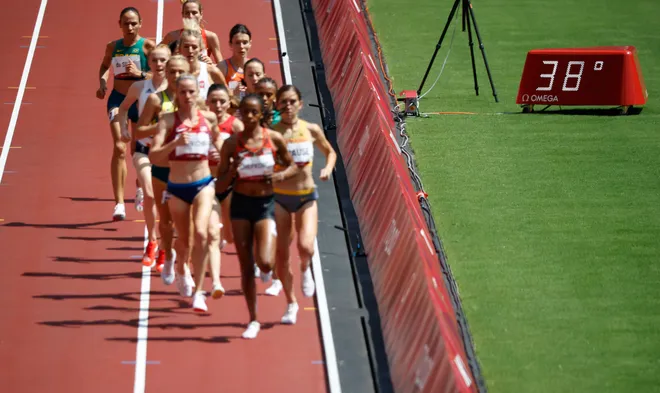
In Tokyo in 2021, the hottest Olympics in history, rugby games were rescheduled for earlier in the day and mountain biking events were held later in the day. In the "Rings of Fire" report, New Zealand Olympian Marcus Daniell, a bronze medalist in tennis, said the heat in Japan felt like it was bordering on possibly fatal risks.
A group of medical experts working with Paris organizers developed plans to counteract high temperatures and keep competitions safe, the IOC said. Olympic officials also distributed a guide reminding athletes to prepare for the heat in advance, training for 60-90 minutes a day in an environment similar to Paris, then guarding against heat-related illnesses.
How heat affects athletes
In a World Athletics survey of 373 of the roughly 400 competitors in its world championships last August, three-quarters of the athletes said they perceived a direct negative impact on their health and performance due to climate change. Heat can affect athletic performance in small and large ways, from sleep disruption, to illness and injury.
Studies show performance for runners declines progressively as temperatures rise above the low-60s, Orr said. Athletes doing fast, explosive movements, such as tennis, running and football see the biggest problems.
Muscle contractions produce heat, which leads to an elevated core temperature after only a few minutes of exercise, according to the IOC. If conditions allow for skin surface heat to dissipate, the core body temperature can plateau, but if not, it can strain the cardiovascular system.
“The humidity is really what adds to the heat stress on our bodies,” said Kaitlin Trudeau, a Climate Central scientist. Warmer temperatures mean air holds more moisture, 7% more for every increase of 1.8 degrees.
Humidity makes it harder for the body to sweat, nature’s way of cooling down, Trudeau said. It increases the risk of heat-related illnesses from dizziness, heat cramps, heat exhaustion and stroke, and puts athletes in “a dangerous situation.”
Mattis said climate concerns need to be "addressed pretty urgently for sport to continue as it is.”
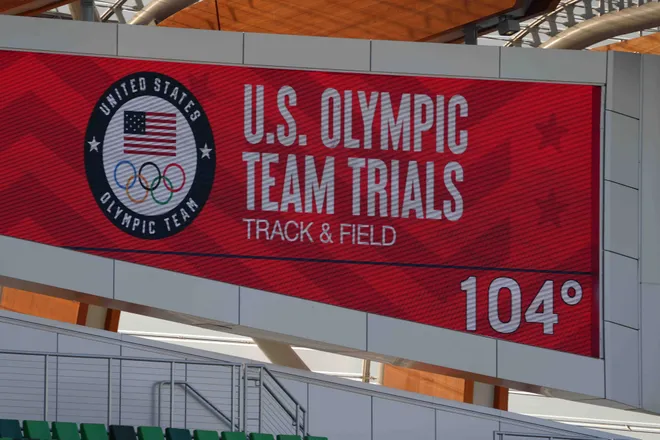
He pointed to the record-setting heat during the 2021 U.S. Olympic track and field trials in Oregon. Temperatures reached 110 degrees, making several athletes, spectators and coaches sick, he said. “During competition, the track surface was even hotter.”
Heptathlete Taliyah Brooks collapsed during the event and was treated at a hospital. Months later she sued, alleging in court documents that USA Track and Field failed in its duties to protect her and other competitors and provide adequate on-site medical care during the two-day heptathlon. The lawsuit was dismissed by an Indiana court that ruled the sport body was protected by a hold harmless agreement Brooks signed. The case is on appeal and oral arguments are set for Aug. 7.
The 2019 World Athletics Championships in Doha, Qatar, were shifted to late September and early October, and Mattis expects that to happen more often for the safety of athletes and fans, he said. "I think in a lot of places in the U.S. and around the world, these summertime competitions, unless they’re held in the middle of the night are going to become essentially impossible.”
Climate change concerns growing for youth sports
From professional sports to colleges, high schools and youth sports, governing bodies are being urged to change rules because of heat — for example adding flexibility for hydration breaks and other cooling strategies.
Youth sports will need to “fundamentally change,” said Claudia Benitez-Nelson, a professor in the school of the Earth, Ocean and Environment at the University of South Carolina, and member of Science Moms, a group of climate scientists working to educate other parents.
“This heat is not natural, and we now need to adjust for these increasing temperatures,” said Benitez-Nelson, a lifelong athlete who played soccer in college and has coached youth sports as a parent.
An increase of 1 to 2 degrees may not seem like a lot, Benitez-Nelson said, but typically if a person’s temperature goes up 2 degrees, “we have a fever, we go to the doctor, we’re sick.”
It’s important to remember that children, and even teenagers, “are not little adults,” she said. “Their metabolisms are higher,” and it’s important to be aware of potential symptoms such as muscle cramps, nausea and vomiting that are associated with extreme heat exposure.
Individuals who participate in sports or who have children participating in sports need to be going to their state and regional associations with their concerns, she said. “We need to make allowances and think very strategically about how we are going to allow our children or teenagers, our collegiate athletes, to participate in these sports in a safe manner.”
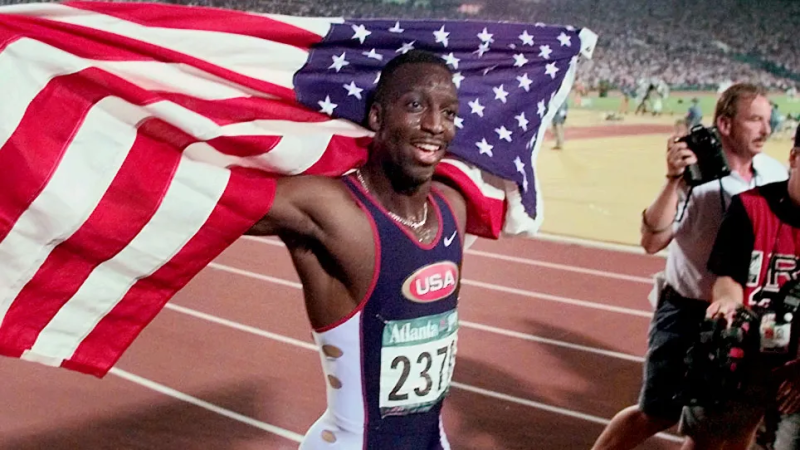
Some of the adaptations to warmer temperatures are going to be disruptive to long-standing sport traditions, said both Orr and Benitez-Nelson.
For example, it may strain school transportation systems and parents already juggling busy schedules, Benitez-Nelson said. “We’re not going to be able to have our practices from 3 to 5. We're really going to have to think about having them later and you're going to need to implement mandatory hydration breaks.”
Such changes will require “a little bit of negotiating and getting people on board, but it's not complicated and it would avoid most of these worst-case scenarios,” Orr said.
Setting a higher bar to protect athletes and fans
Orr is concerned pro sports teams already are adapting without telling fans what’s happening behind the scenes, giving the “expectation that it’s totally fine to play in these conditions, and it’s probably not,” she said.
“The Chiefs last year had just an absolutely absurd season from the climate standpoint and somehow won (the Super Bowl), but only because they have all the resources in the world,” Orr said. “Your 16-year-old playing high school football doesn’t have those resources and that’s why we see kids dying of heat stroke.”
Heat-related deaths and illnesses are notoriously underreported, experts say. Randy Eichner, a sports physician and professor emeritus at the University of Oklahoma, found in a 2023 study that three college football players had died within 5 years in Kansas, all 19-year-old defensive linemen. He also reported a case where six players at a college football camp in Georgia were taken to a hospital after one practice during a heat wave last summer.
Provisions for athletes, such as misting fans and cooling tubs are a significant step to address the problems, but they don’t offer protection or relief for spectators and officials, Orr said. Equity is also a concern, she said. Youth sports teams in affluent areas may have more resources and trainers who know how to use cooling tubs and equipment, she said, while others may not have the same access.
The safety bar also needs to be higher, taking into consideration whether multiple athletes might need medical attention, she said. The threshold can’t just be “no one is going to die. That can’t be the marker of a successful race.”
Dinah Voyles Pulver covers climate and the environment for USA TODAY. Reach her at dpulver@gannett.com or @dinahvp.
Disclaimer: The copyright of this article belongs to the original author. Reposting this article is solely for the purpose of information dissemination and does not constitute any investment advice. If there is any infringement, please contact us immediately. We will make corrections or deletions as necessary. Thank you.



